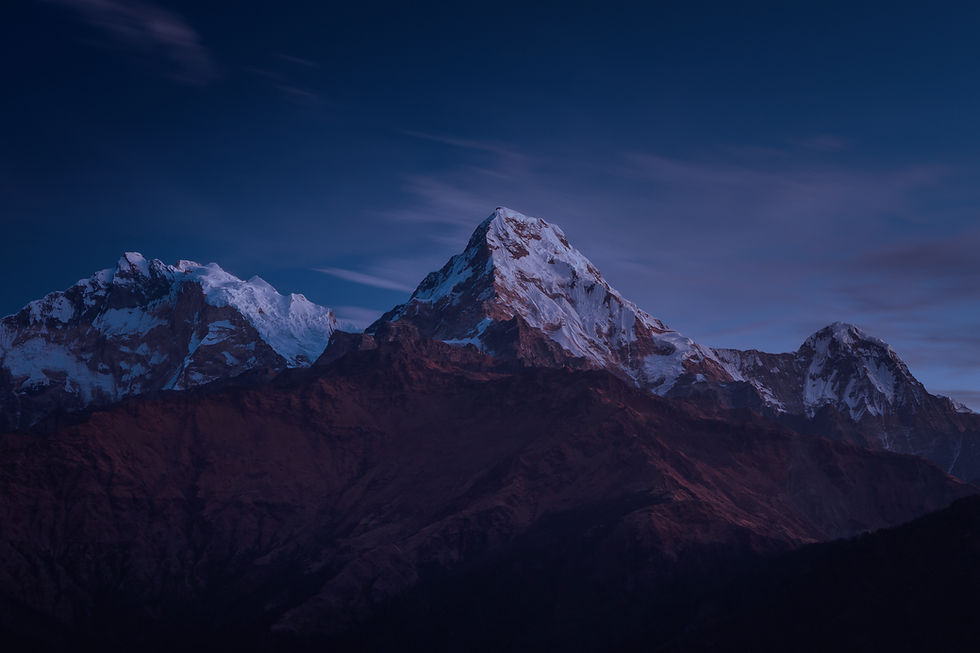TAђDIT [= conversation] INSTALLATION
![TAђDIT [= conversation] INSTALLATION](https://static.wixstatic.com/media/fd3df4_38d60998d37e43aeb1c44ffd5709e363~mv2.png/v1/fill/w_980,h_552,al_c,q_90,usm_0.66_1.00_0.01,enc_avif,quality_auto/Website%20Banner%20%E2%80%931920x1080px.png)
TTP252
TAђDIT
surrounded by sound in a black box [INSTALLATION]
Imagine a dark space, one spot on a flautist, eight speakers channelling different sounds, cushions on the floor, forty voices surrounding the audience in eight choirs on speakers, bell sounds, polyphony, chant, boys’ voices… A space for listeners to be enwrapped by sound – when the senses are heightened by the lack of light, and several voices are speaking all at once, exchanging polyphonic lines in one space via electronics.
The first night was be opened with a live performance by exciting flautist Kathryn Williams, whose work explores tangible connections between instrument and body, interrogating ideas around accessibility and physical limitation. I knew I wanted to include Jonathan Harvey’s Mortuos Plango, Vivos Voco (I Mourn the Dead, I Call the Living) for electronics, as well as Kaija Saariaho’s NoaNoa for solo flute and electronics, so I built the programme around this. They were both Malta premieres.
TONIGHT
Jonathan Harvey Mortuos Plango, Vivos Voco (Malta Premiere)
Paul Max Edlin Purgatorio, for electronics (World Premiere)
Thomas Tallis Spem in Alium, a multitrack rendition
Aldo Clementi Overture, 12 flutes, diffused
Discussions ensued and I am thrilled that, in collaboration with Faber, IRCAM agreed to prepare the sound files for the Harvey. Harvey writes that this work is a reflection his experiences at Winchester Cathedral where his son was a chorister, and is based on his voice and that of the great tenor bell – its rich, irregular harmonic spectrum, a structure neither tonal nor dodecaphonic nor modal in any western or oriental sense, but unique to itself. The eight sections are each based on one of the principal eight lowest partials. Chords are constructed from the repertoire of 33 partials; modulations from one area of the spectrum to another are affected by glissandi. Constant transformations between the spectrum of a vocal vowel and that of the bell are made by internal manipulation of the two sounds’ components. The walls of the concert hall are conceived as the sides of the bell inside which is the audience, and around which (especially in the original 8-channel version we shall be experiencing tonight) flies the free spirit of the boy. The work was commissioned for IRCAM by the Centre Georges Pompidou and first performed at the IRCAM day in the Lille Festival on 30 November 1980. It was made at IRCAM with the helpful assistance of Stanley Haynes in July-August 1980.
Continuing the idea of sound split across channels enveloping the audience and using the Harvey and polyphony as both spatial set-up and inspiration, I knew immediately that I had to commission a work from Paul Max Edlin. I gave Paul a brief. The result exceeded even my expectations. Paul writes: ‘This work takes us to a literally imagined purgatory, where heaven and hell are equidistant. Its inspiration comes from two principal sources: Dante's 'La Divina Commedia' and Gustav Mahler's tenth symphony (which in turn is part inspired by Dante's work). It uses musical material from Mahler's final statement, which I had got to know extraordinarily well, having just completed a performing version of the composer's original draft score. This electronic work uses sample sounds of conventional instruments, but taken to extreme registers they cannot play in and using notes (quarter tones) that are also unavailable to many. It is therefore a work rooted in real sounds, yet is surreal by virtue of its impossibilities. The listener should feel caught in a state of unearthly stasis: one that is neither benign, threatening or comforting, yet contains sounds that are forbidding alongside others that seem like rays of transcendental and comforting beauty. Ultimately, it is a place one does not wish to take too long to pass through.’ As the audience can move around, or sit on cushions or in chairs in this candle-lit black box with slick, minimal light design by Pamela Kerr, and scents wafting, I wanted to project images of Purgatory - sketches, drawings… works by Botticelli. Muted colours and pencil projected on the walls made into a film by Ruben Zahra, will take the audience into different artists’ visions of Dante’s journey.
Thomas Tallis’ Spem in Alium (in no other is my hope) – the ground-breaking, monumental c-16th work – a motet considered to be one of the finest pieces of English choral music ever written. As a proud Trustee of the award-winning ORA Singers, I was privileged to be at our recording of this seminal work, together with a new commission by James Macmillan, also for 40 voices. 40voices – 8 choirs – therefore 8 channels. I had to link this to the Harvey set-up, and following long discussions and locating the multitrack recording, we have the master set from Harmonia Mundi split into the eight channels as recorded during our session at All Hallow’s in London.
The loop then continues with Aldo Clementi’s (‘the last surviving member of the generation of Italian composers that also included Berio, Maderna, Donatoni and Castiglioni, all of whom created their own distinctive perspectives on postwar serialism and its consequences’ – Andrew Clements, The Guardian) work for twelve flutes – an overture for 3 piccolos, 6 flutes, and 3 alto flutes – a work of intricate counterpoint – all played by Kathryn Williams and diffused to our available channels for this installation.
31 October 2025
Location
Valletta Campus Theatre, Valletta
Time
8pm
Interval
Duration
60 minutes
Price
Free
Audience Level
Other Dates
30 October [with Laura Cioffi & Tricia Dawn Williams] & 1 November [Black box installation]
Terms & Conditions




